Ever wish you could future-proof your pantry, knowing that what you stock today will still be fresh when you need it most? Whether you’re preparing for emergencies, aiming to reduce food waste, or simply love the comfort of a well-stocked shelf, these 12 long-lasting pantry essentials are your secret weapon. From sweet golden honey that never spoils to the humble grains that stand the test of time, these foods can quietly outlast trends, storms, and everyday chaos. Let’s explore the reliable staples that will keep your family fed, calm, and ready—no matter what the next decade brings.
1. White Rice
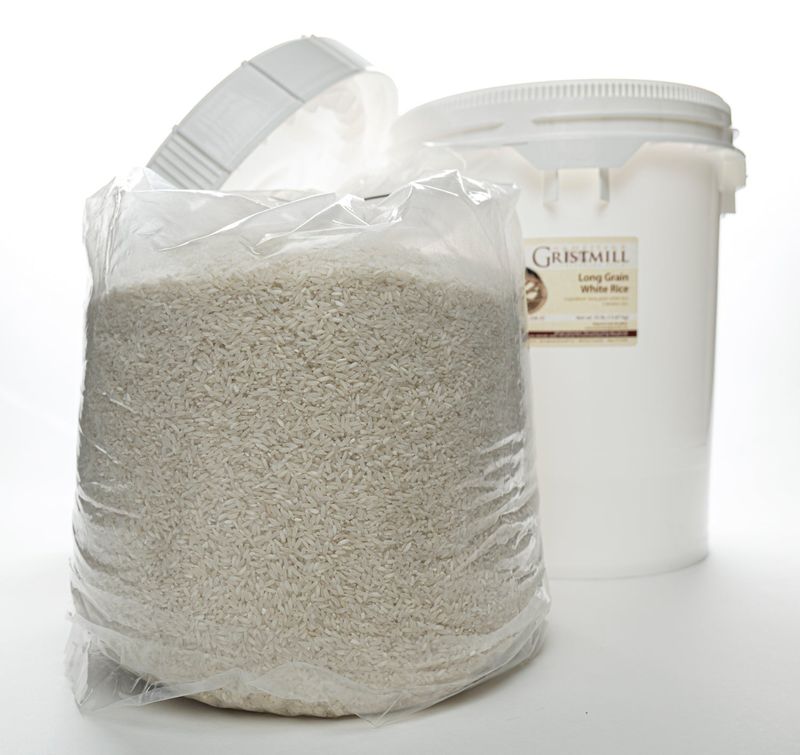
Stored in airtight containers with oxygen absorbers, white rice becomes a time capsule of nutrition that can last up to 30 years. Unlike its brown counterpart, white rice lacks the natural oils that cause rancidity, making it remarkably shelf-stable.
Ancient civilizations treasured rice for this very reason – its ability to sustain populations through lean years. The key to maximizing longevity is keeping it cool, dry, and away from light.
During emergencies, this versatile grain transforms into countless meals from simple side dishes to hearty rice puddings, providing essential carbohydrates when you need them most.
2. Raw Honey
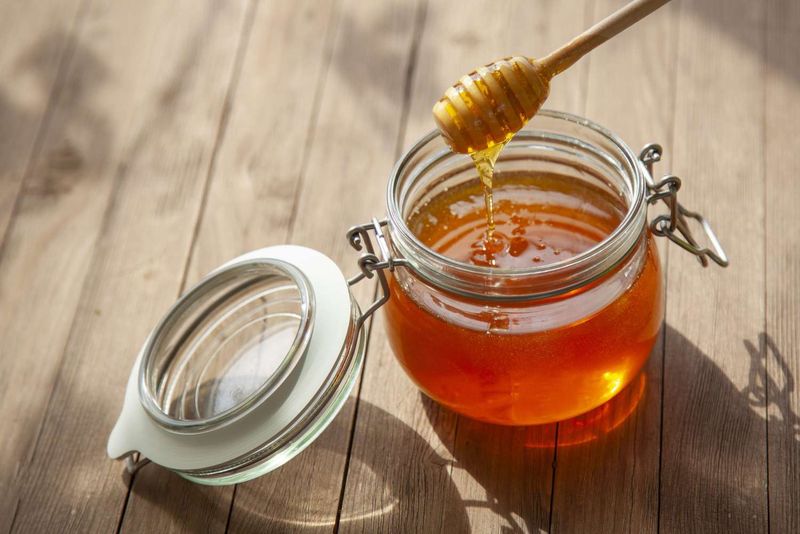
Archaeologists have discovered edible honey in ancient Egyptian tombs over 3,000 years old! This golden liquid’s remarkable shelf life comes from its unique chemical composition – low moisture content and natural antimicrobial properties that prevent spoilage.
Over time, honey may crystallize, appearing grainy or solid, but this natural process doesn’t affect quality. Simply warm the container in a hot water bath to restore its flowing consistency.
Beyond sweetening, honey serves as a natural preservative, soothes sore throats, and even helps dress wounds in emergencies, making it truly worth its weight in gold for long-term storage.
3. Salt
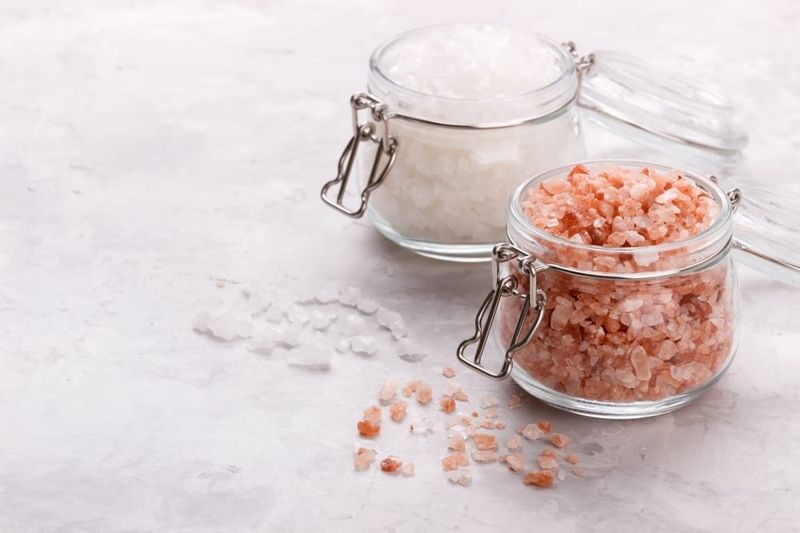
Wars have been fought over salt throughout history, and for good reason – this mineral never spoils. Pure salt, free from additives like iodine or anti-caking agents, remains viable indefinitely when kept dry.
Roman soldiers were partially paid in salt (the origin of the word “salary”), highlighting its historical value. Beyond flavoring, salt preserves other foods through curing and pickling, making it doubly valuable in your long-term pantry.
Store in airtight containers to prevent clumping from humidity. Both sea salt and rock salt make excellent options for truly eternal storage that will outlast even your longest emergency preparations.
4. Sugar
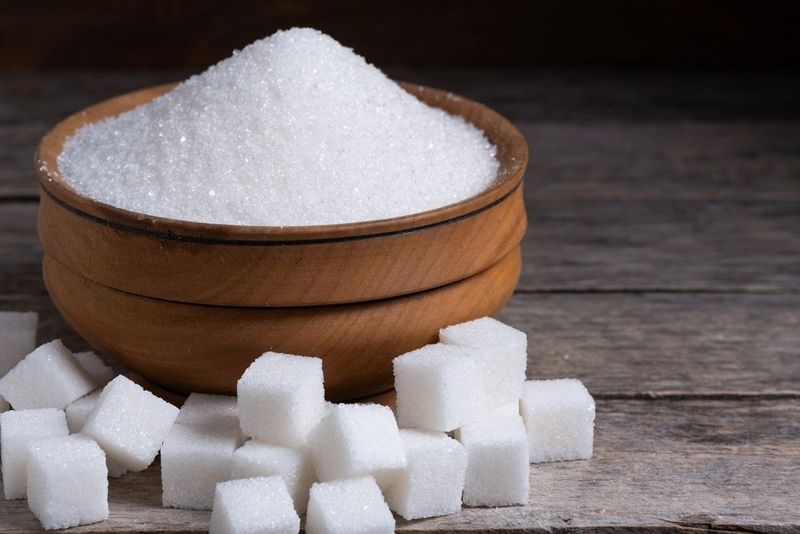
Granulated sugar is practically immortal when protected from moisture. Ancient sugar samples have been discovered still perfectly usable after centuries! This preservation miracle happens because sugar contains no proteins or fats to degrade and creates an environment where microbes cannot survive.
Beyond sweetening, sugar serves as a food preservative in jams and jellies. During extended emergencies, it provides quick energy and improves morale through comfort foods.
Store in airtight containers with moisture absorbers for best results. While sugar may eventually harden into clumps if exposed to humidity, breaking these apart restores usability without affecting quality or safety.
5. Dried Beans
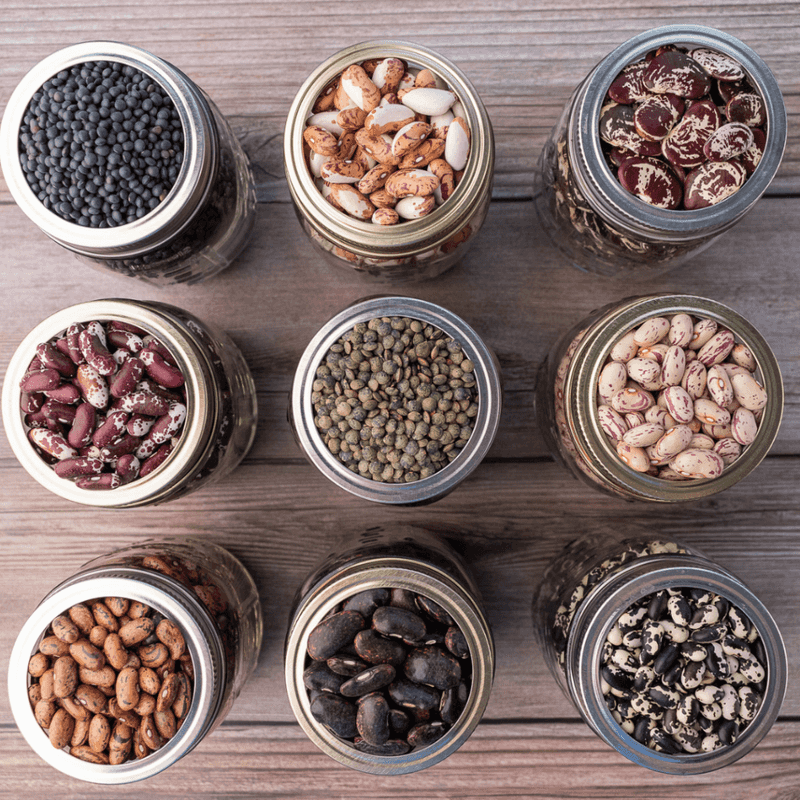
These humble legumes have sustained civilizations through famines and harsh winters for millennia. Properly stored dried beans can remain viable for cooking for 10-30 years, though older beans may require longer soaking times.
A pound of beans costs mere dollars yet delivers approximately 100 grams of protein – rivaling more expensive meat sources. Their remarkable shelf-life comes from their naturally low moisture content and protective seed coatings.
Variety enhances your long-term pantry – kidney beans for chili, black beans for soups, and pintos for refried beans give meal options that prevent food fatigue during extended emergencies while providing essential amino acids.
6. Powdered Milk
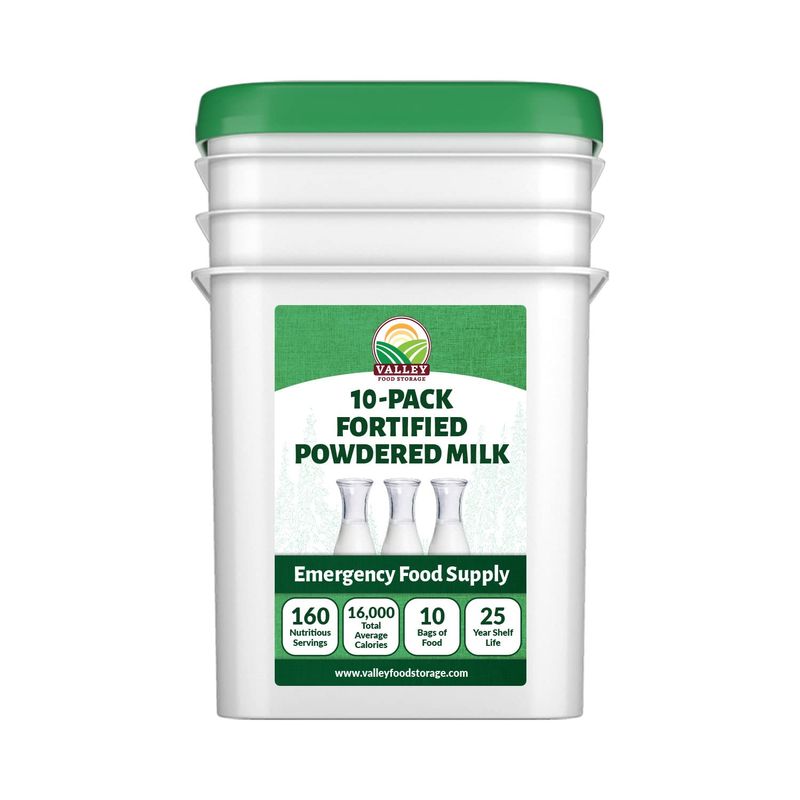
Modern freeze-drying techniques have transformed milk into a survival staple lasting up to 20 years. Unlike liquid milk that spoils within days, powdered milk removes water – the primary catalyst for spoilage.
During World War II, powdered milk helped feed millions when fresh dairy wasn’t available. Today’s versions taste significantly better while providing the same calcium and protein benefits.
For maximum longevity, store in original packaging inside food-grade buckets with oxygen absorbers. Even after a decade, reconstituted powdered milk provides essential nutrients for growing children and makes possible countless recipes from béchamel sauce to emergency pancakes when fresh ingredients aren’t available.
7. Dried Pasta
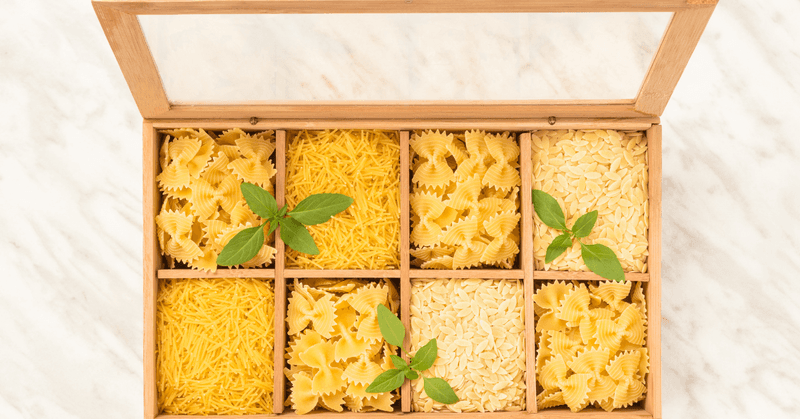
Italian explorers carried dried pasta on voyages centuries ago for its incredible stability. Modern manufacturing creates even more shelf-stable products that can last 25-30 years when properly stored with oxygen absorbers.
The secret to pasta’s longevity lies in its extremely low moisture content – typically less than 12%. Unlike many foods, pasta retains its cooking properties and nutritional value even after decades in storage.
Pasta’s versatility makes it invaluable during extended emergencies, transforming limited ingredients into satisfying meals. Store various shapes for interest – spaghetti for classic dishes, macaroni for soups, and lasagna for special occasions, providing both calories and comfort during difficult times.
8. Instant Potatoes
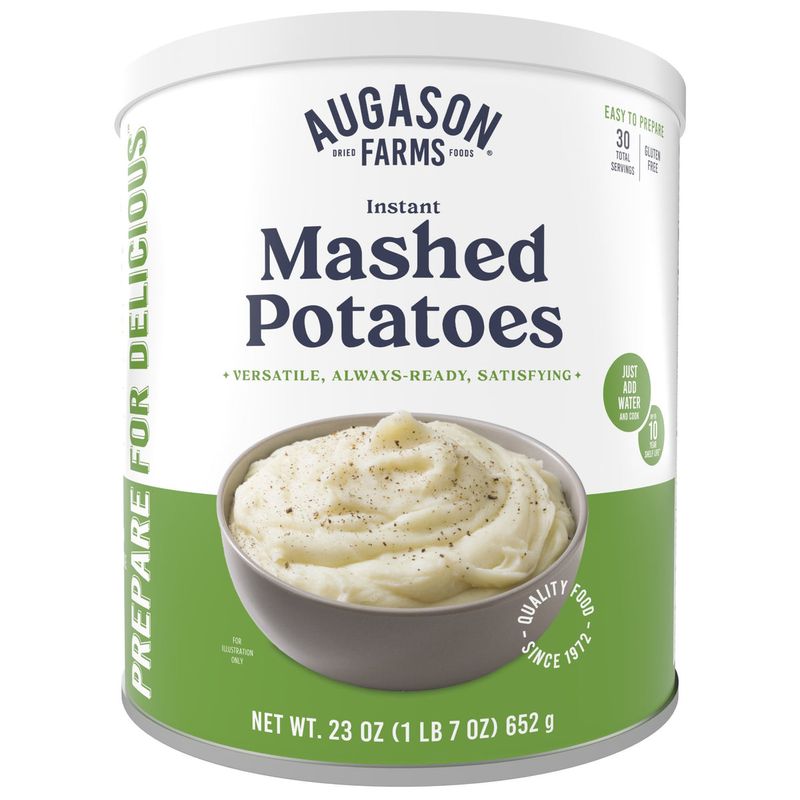
Commercial dehydration processes remove over 99% of moisture from potatoes, creating flakes that can last up to 30 years when properly sealed. These humble flakes transform into creamy mashed potatoes with just hot water – no electricity required.
Originally developed for military rations, instant potatoes provide crucial carbohydrates, some fiber, and surprising amounts of potassium and vitamin C. Their neutral flavor makes them versatile bases for countless emergency meals.
For maximum shelf life, store in original packaging inside food-grade buckets with oxygen absorbers. Even after decades, instant potatoes retain their ability to provide comforting, familiar meals during stressful situations – a psychological boost that shouldn’t be underestimated.
9. Bouillon Cubes
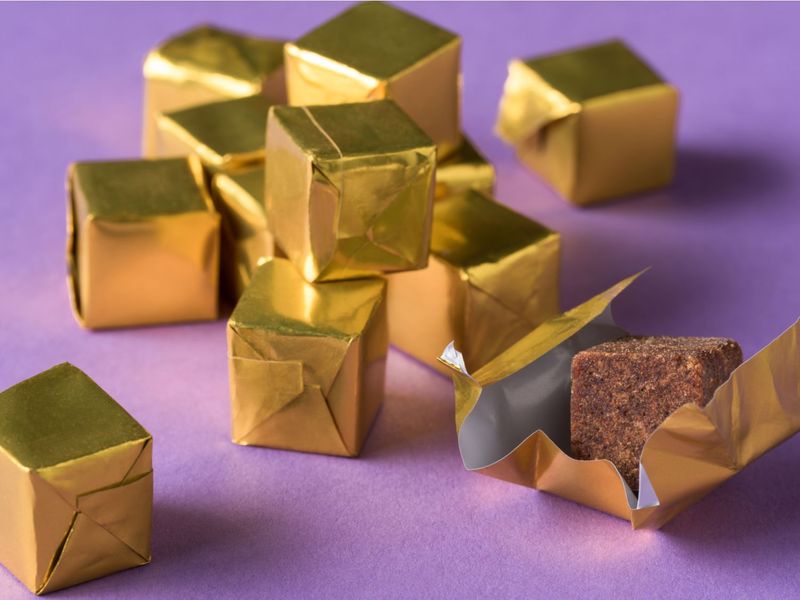
These tiny flavor bombs pack remarkable shelf life into small packages. Commercially produced bouillon cubes typically last 2-5 years by their printed date, but properly stored cubes remain safe and flavorful for 10+ years due to their low moisture content and high salt concentration.
Napoleon’s army used early versions of bouillon to maintain troop morale with hot, flavorful soups. Modern cubes transform plain rice, beans, or pasta into satisfying meals during emergencies.
Store in original packaging inside airtight containers with moisture absorbers. While flavor potency may gradually diminish over decades, bouillon cubes remain safe indefinitely and provide crucial electrolytes alongside the psychological comfort of familiar flavors when fresh ingredients aren’t available.
10. Vinegar
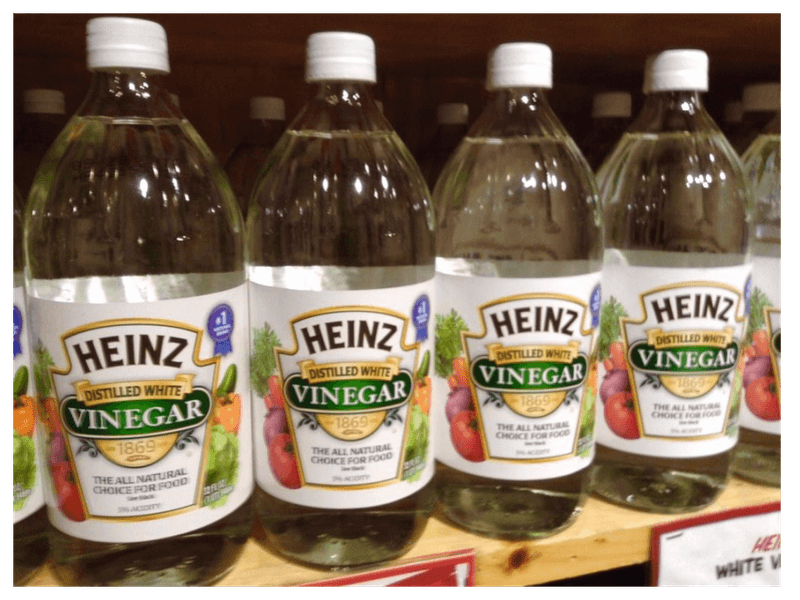
Distilled white vinegar remains usable indefinitely thanks to its high acidity that prevents microbial growth. This clear liquid’s 5% acetic acid concentration creates an environment where bacteria and mold simply cannot survive.
Ancient civilizations used vinegar as medicine, preservative, and cleaning agent – roles it still excels at today. Beyond cooking, vinegar disinfects wounds, preserves other foods through pickling, and serves as an effective cleaner when commercial products aren’t available.
Store in original glass or plastic containers away from direct sunlight. While vinegar may develop harmless “mother” (beneficial bacteria that looks like cobwebs) over time, this actually indicates purity and doesn’t affect safety or usefulness in your long-term preparedness plan.
11. Pure Maple Syrup
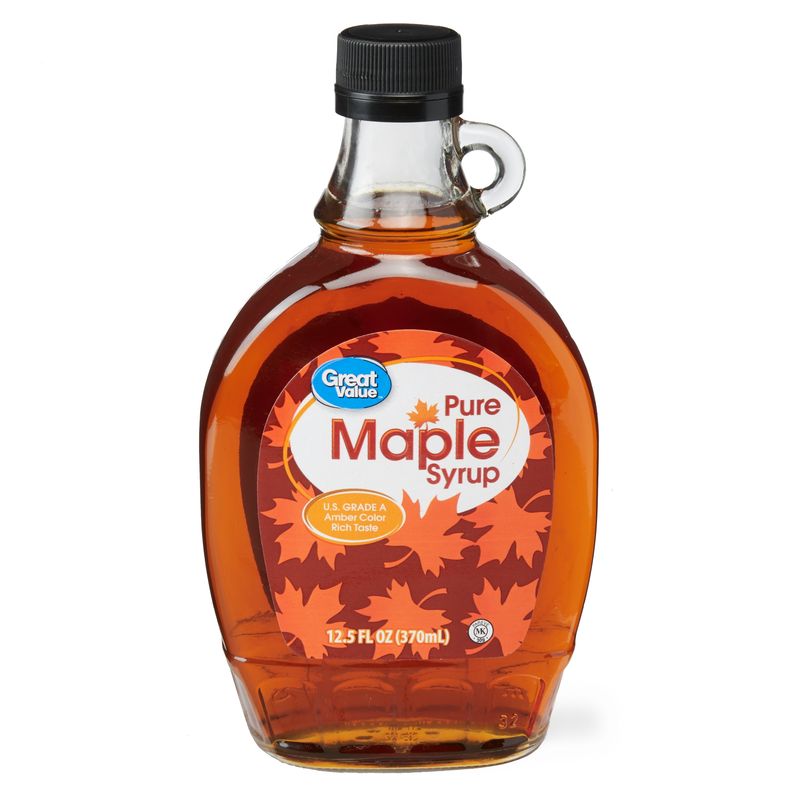
Unopened pure maple syrup can last indefinitely when properly stored due to its high sugar content and natural properties. Native Americans taught early settlers how to tap maple trees for this remarkable sweetener that contains minerals absent in refined sugar.
The key to maple syrup’s longevity is its natural composition – primarily sucrose with minimal water content. Unlike honey, maple syrup should be refrigerated after opening to prevent mold growth.
Store unopened bottles in cool, dark locations for decades of shelf life. During extended emergencies, this natural sweetener boosts morale through familiar breakfast foods and provides quick energy when needed, making it worth the initial investment despite its higher cost.
12. Instant Coffee

Freeze-dried coffee crystals can last 20+ years when stored properly, thanks to their extremely low moisture content. American soldiers during World War II received instant coffee in rations, providing both caffeine and psychological comfort in difficult conditions.
Modern processing techniques have improved flavor while maintaining the remarkable shelf life. The secret lies in removing nearly all moisture through freeze-drying, then packaging in an oxygen-free environment.
Store in original containers inside airtight storage with oxygen absorbers. During extended emergencies, coffee provides more than caffeine – it delivers routine, comfort, and normalcy when the world feels chaotic, making it a psychological boost worth its weight in gold for long-term preparedness.
Leave a comment